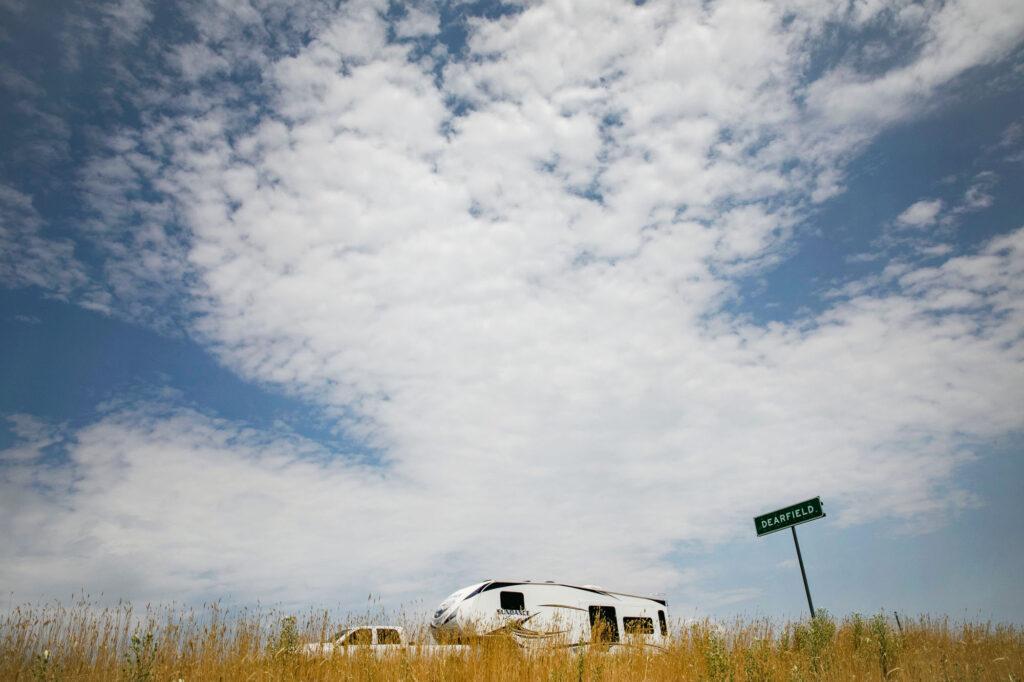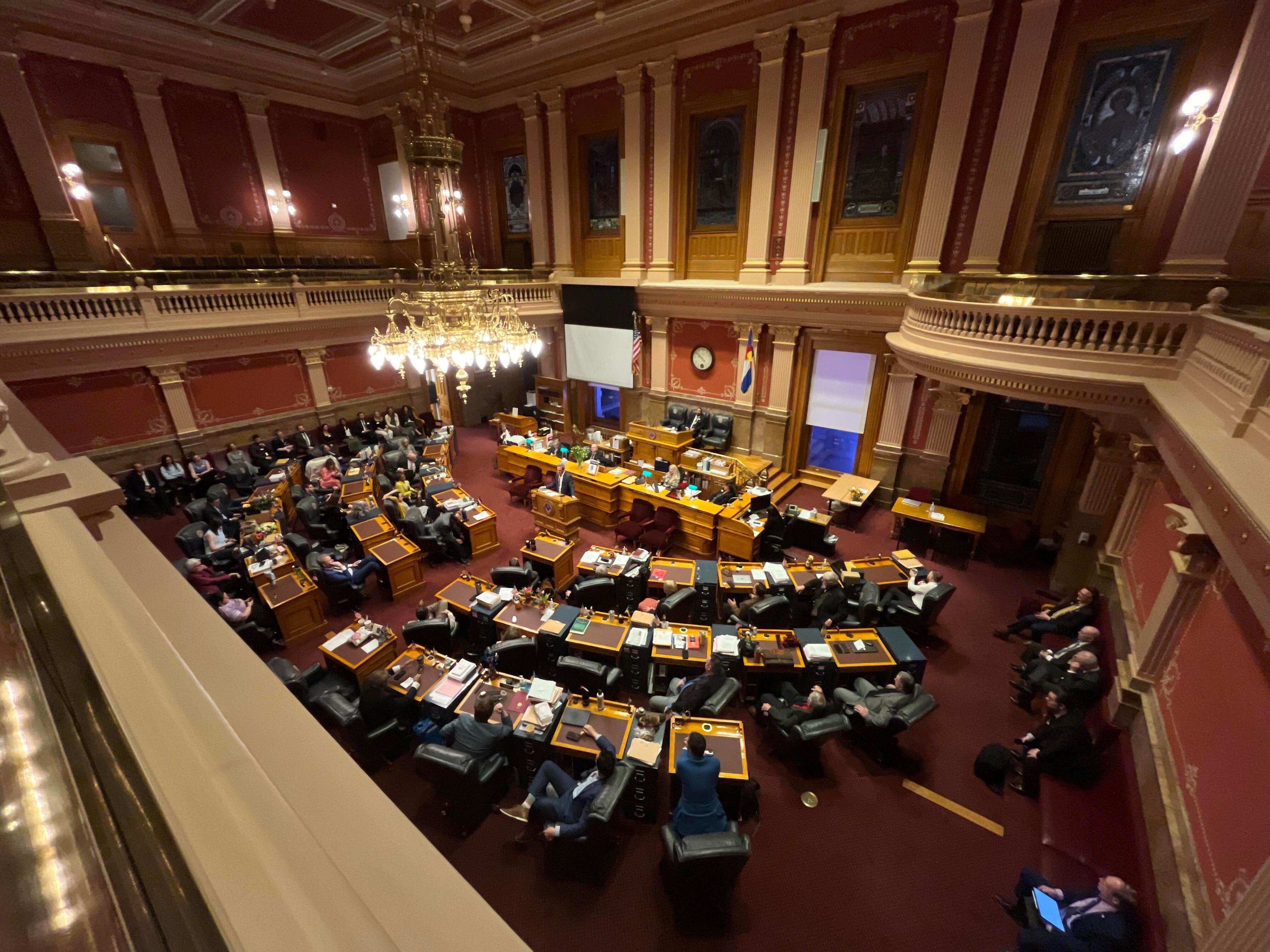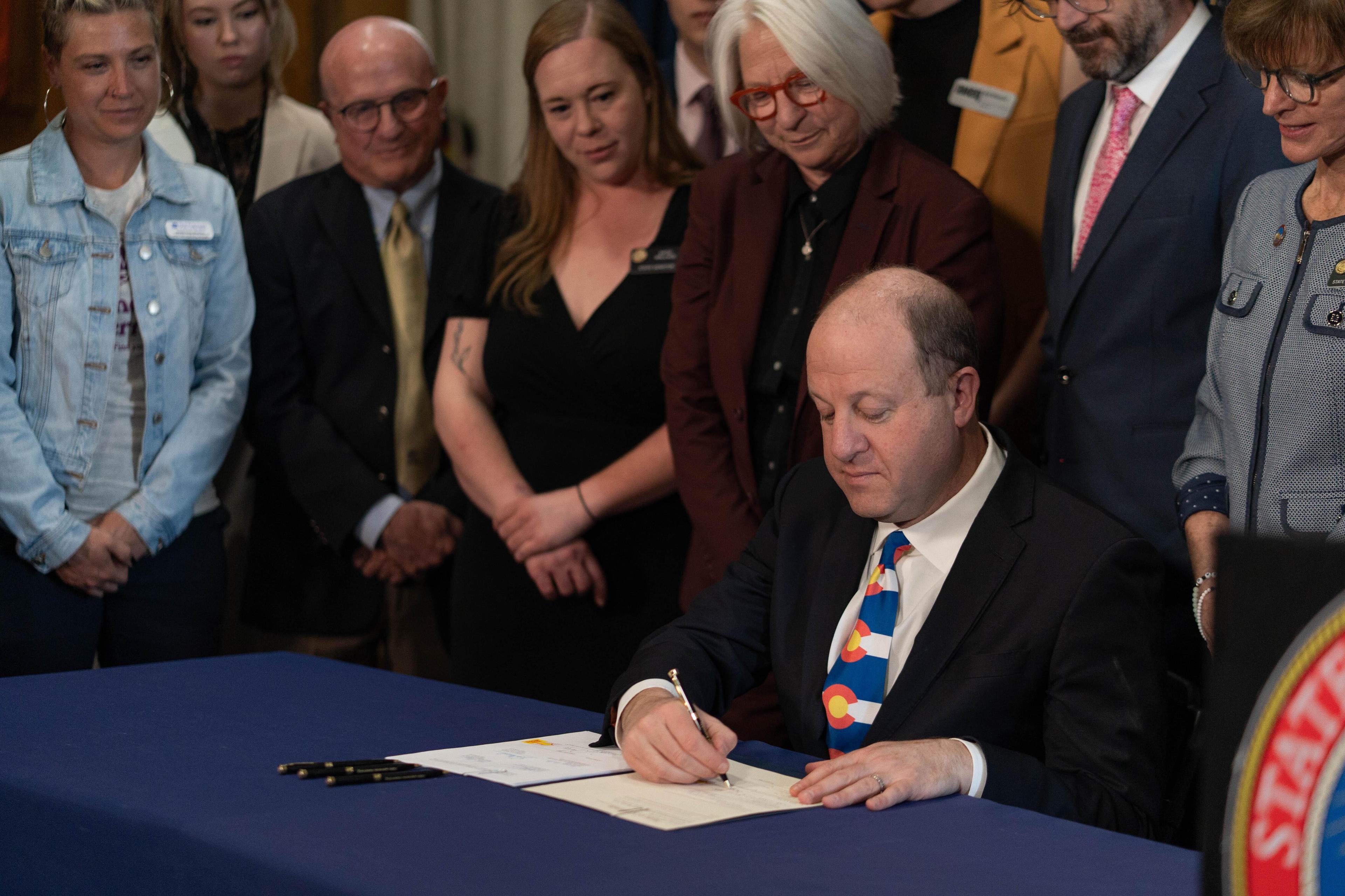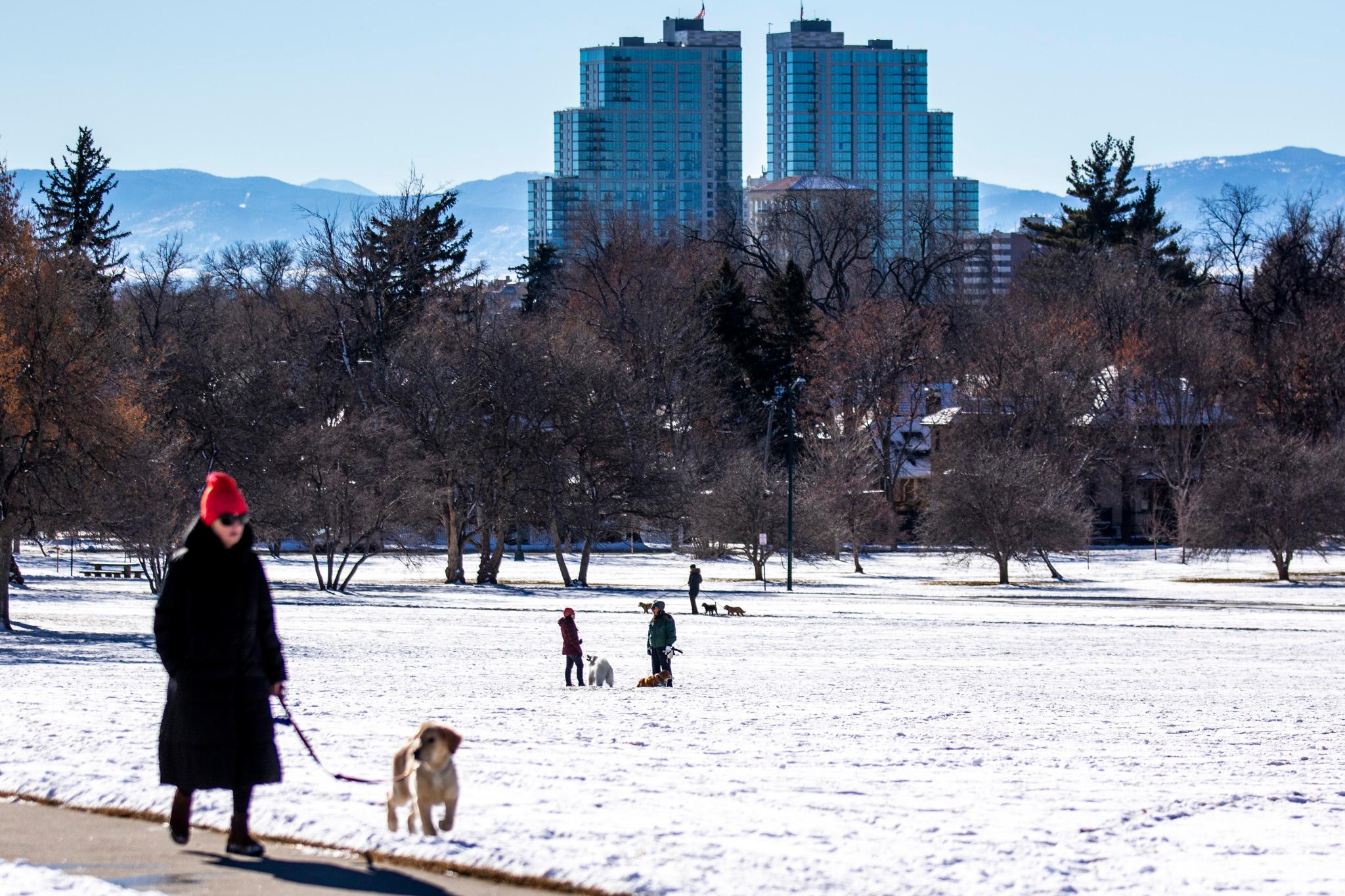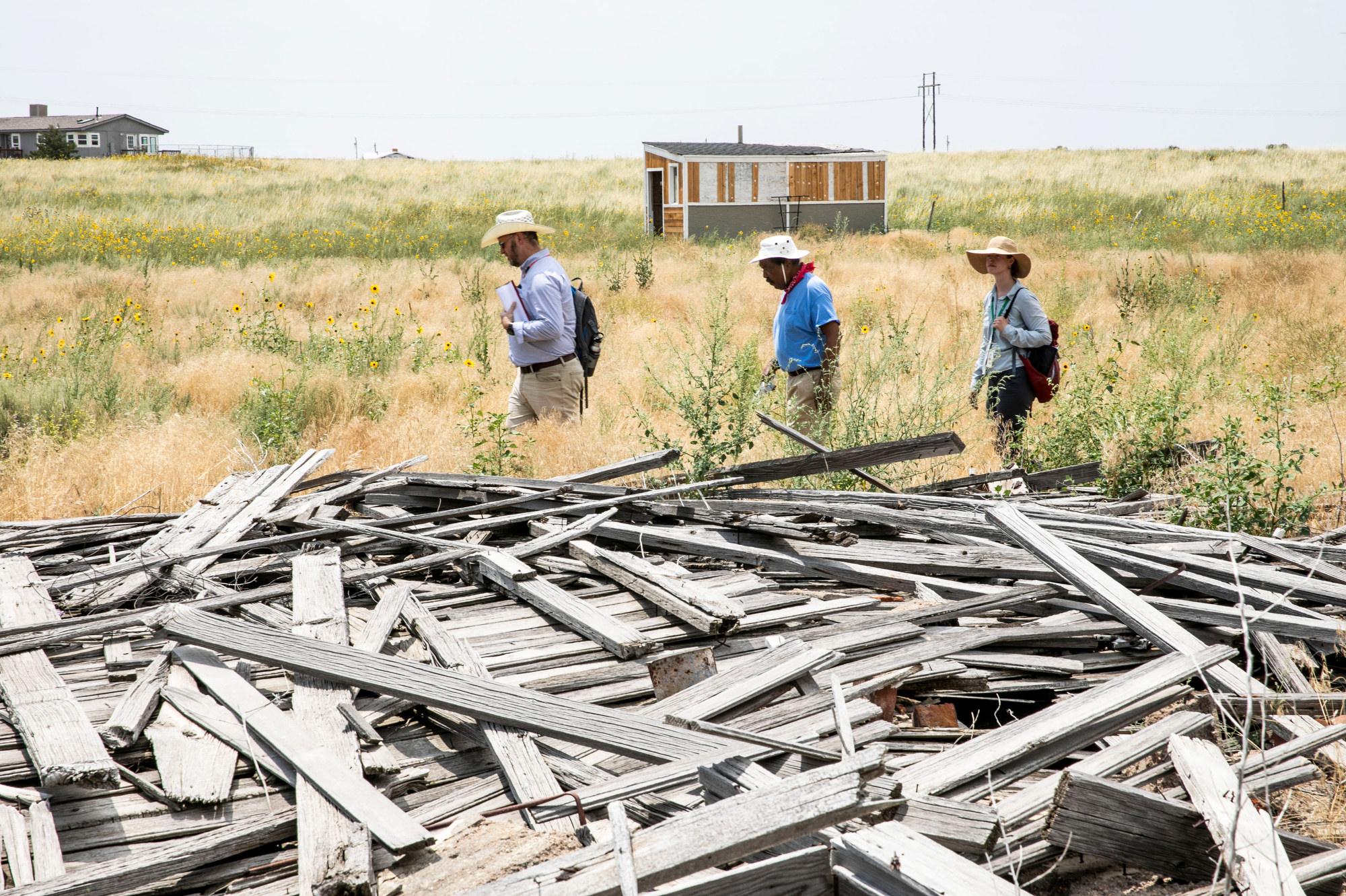
All that’s left of the once-bustling Weld County town of Dearfield is a few empty wooden houses sitting in the short grass along a dusty road in the prairie, east of Greeley. But the Black community founded here in 1910 by businessman Oliver Toussaint Jackson was once a hub of activity.
Now there’s a renewed push from people committed to Dearfield’s history to preserve and restore what’s left of the ghost town, and give it a new future.
“It's a value to Greeley. This is a value to Weld county. This is a value to the state of Colorado,” said Daphne Rice-Allen, board chair for the Black American West Museum, which owns the land and buildings. “It's just important to not let this information just kind of go by the wayside.”
Jackson’s goal in establishing the community was to foster middle-class self-sufficiency for the Black community on the Eastern Plains, as inspired by Booker T. Washington. His original plan was to expand the farming community and build a sanatorium, because many such facilities at the time did not accept Black patients, or potentially an educational institution, like Tuskegee University in Alabama, according to Professor George Junne, who teaches Africana Studies at the University of Northern Colorado.
Instead, the land remained a thriving farming community.
“When you look around (now), you can't imagine it,” Junne said. “They were growing strawberries out here, which takes a lot of water. They were growing cantaloupes and melons, and they had chickens and geese and horses and cattle and all that kind of thing. It was an amazing community.”
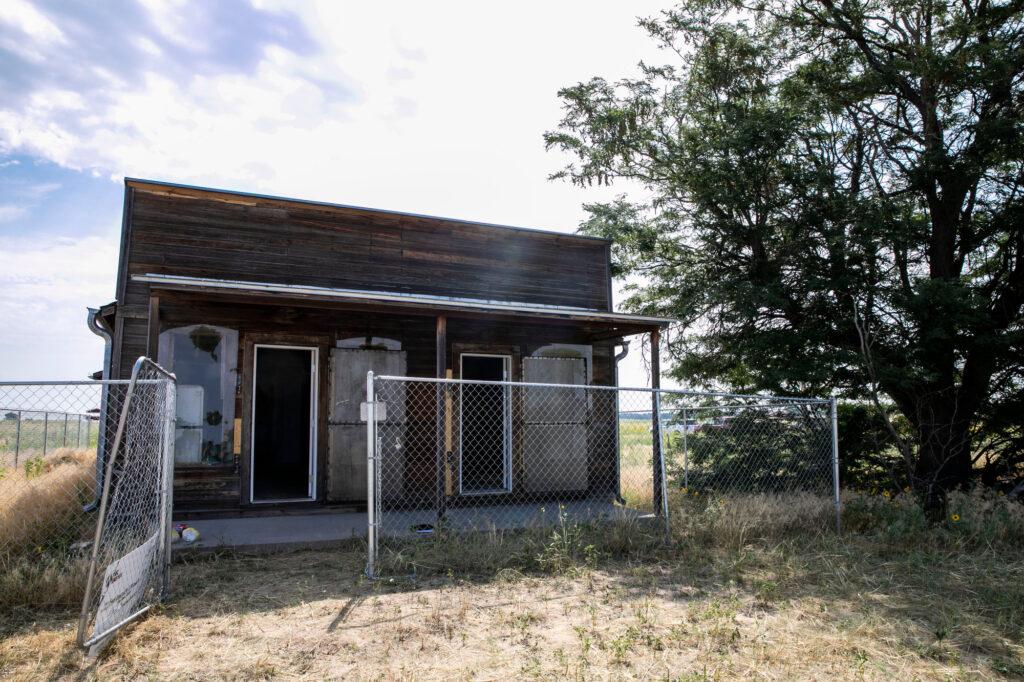
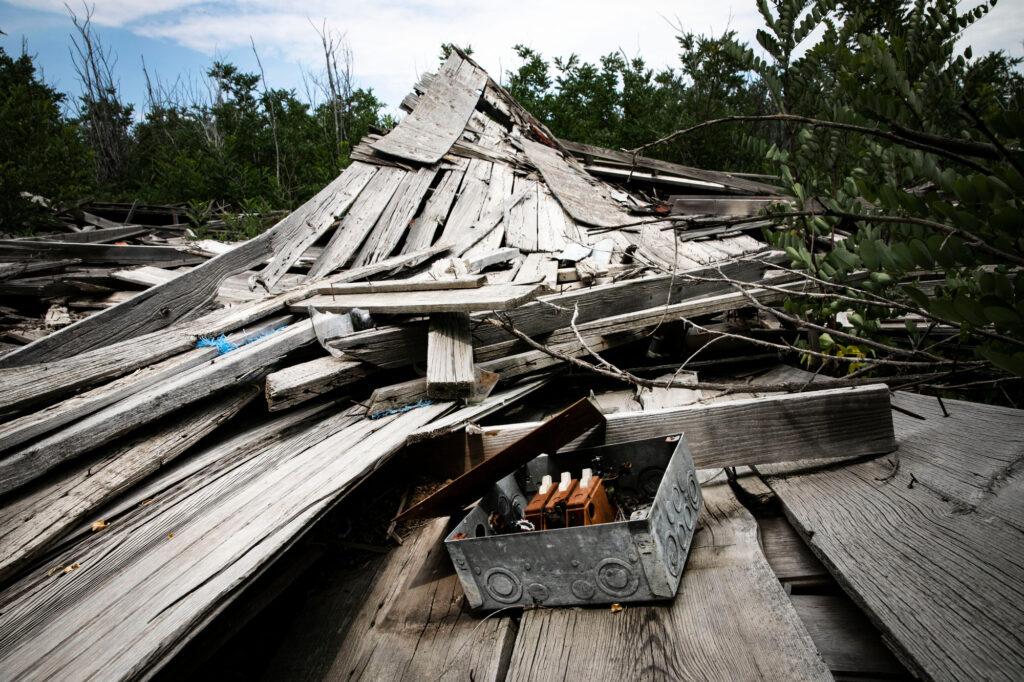
At its peak during World War I, Dearfield had two churches, a restaurant, a dance hall and 300 residents. Junne said even though Dearfield was a Black settlement, in many ways life was more integrated on the Eastern Plains than in many other parts of the country.
“Because they interacted; they danced on the same dance floors, had baseball teams with each other, black kids from here would go to white schools in the area sometimes, after the schools here closed down.”
Dearfield’s heyday was relatively short-lived. It foundered on the same forces that drained the life from so many places in eastern Colorado.
“The Dust Bowl came in and pretty much wiped out any farming community all the way over into Kansas ... So it was a whole regional thing that destroyed every community.”
The brutal drought of the 1930s, coupled with the Great Depression and low prices for agricultural products left the community dwindling, even though Junne says Jackson did everything he could to keep it afloat. Jackson tried to market the area as a tourist destination for hunting, and he eventually sold off some of the abandoned homes. But slowly those homes crumbled, and grass reclaimed the town.
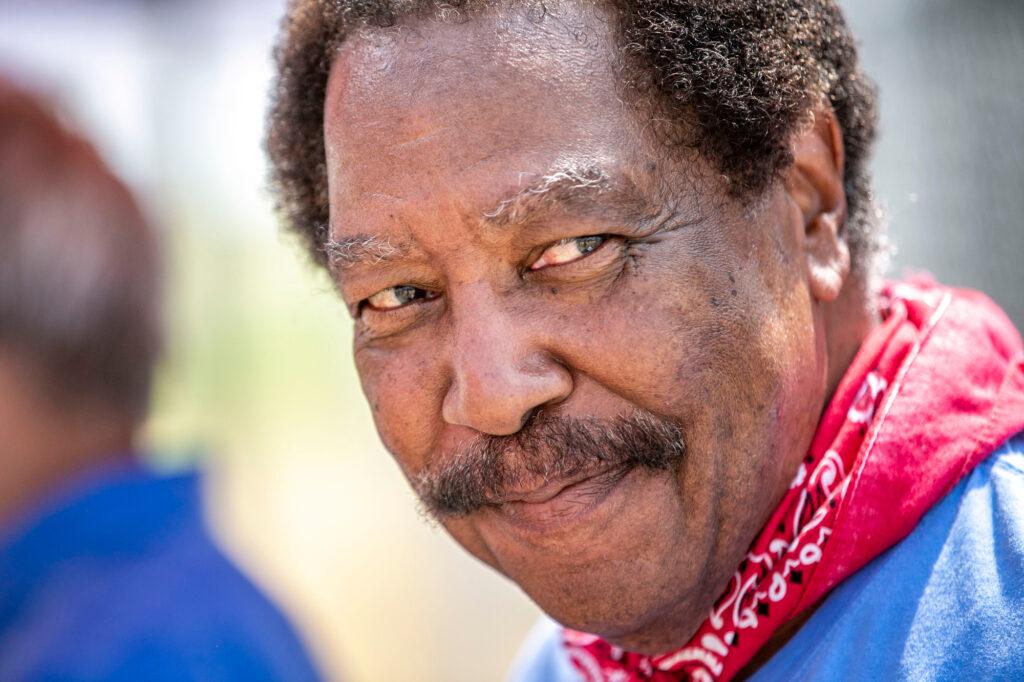
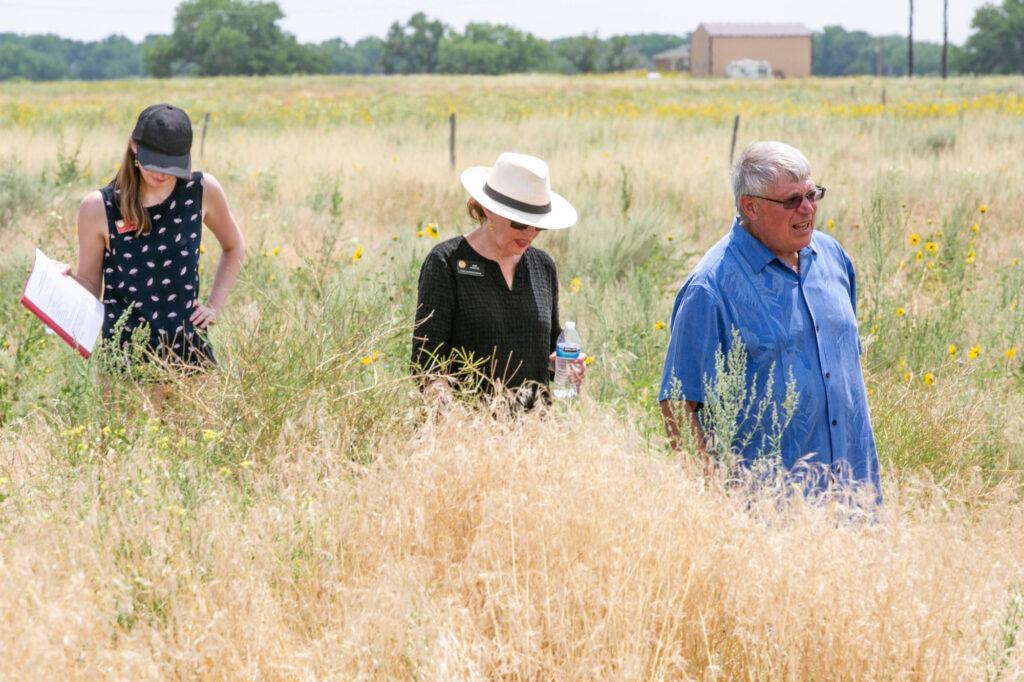
“There were 25 black communities in Colorado that we've been able to trace,” Junne said. “Now, some of them were just areas in cities where Black people have to live. Others were farming communities that were located around the state. But as far as a Black agricultural community with buildings, this is one of the only ones.”
Driving into Dearfield today, the most obvious remaining landmark is the one most closely connected to its founder.
The Jackson family home is still in fairly good shape because the state set aside money for it about 20 years ago. Now, renewed efforts are underway to do even more with the site.
UNC Anthropology Professor Robert Brunswig recently gave lawmakers and local officials a tour of the inside of Jackson’s home as part of an effort to build momentum for the fundraising. The house has dusty bare rooms, with wooden floors and wooden walls.
Brunswig also takes students to do archaeological digs on the land and is part of planning the possible restorations.
“We may be able to restore the front part of this building as the Jackson House-slash-hotel and this,” Brunswig said, gesturing to a structure added onto the back of the house, “as a cabin, a smaller housing unit on the Dearfield site.”
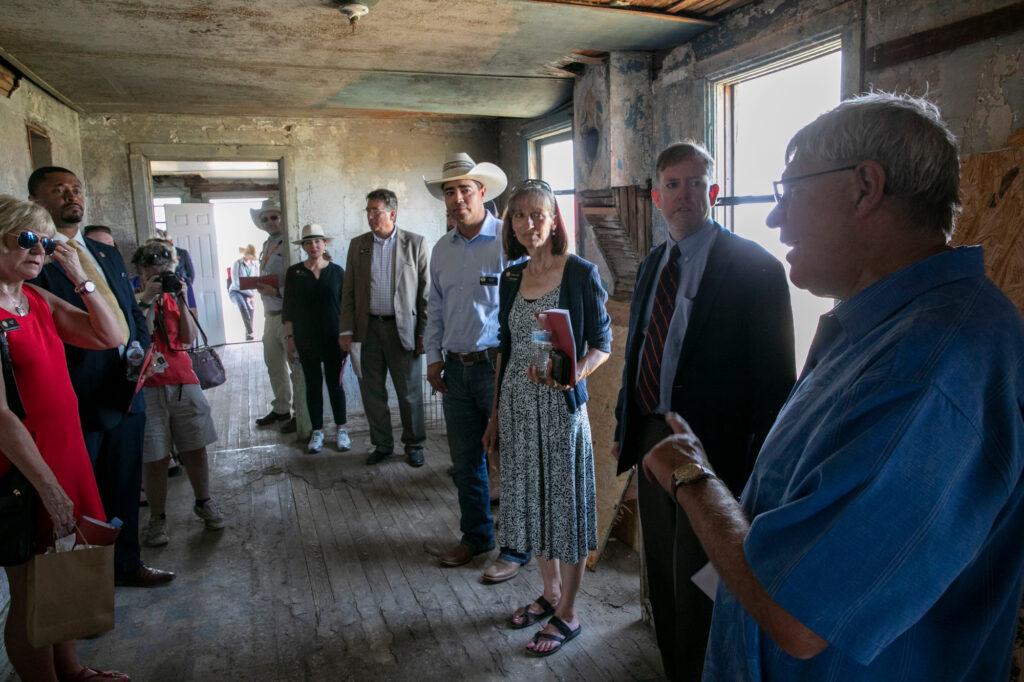
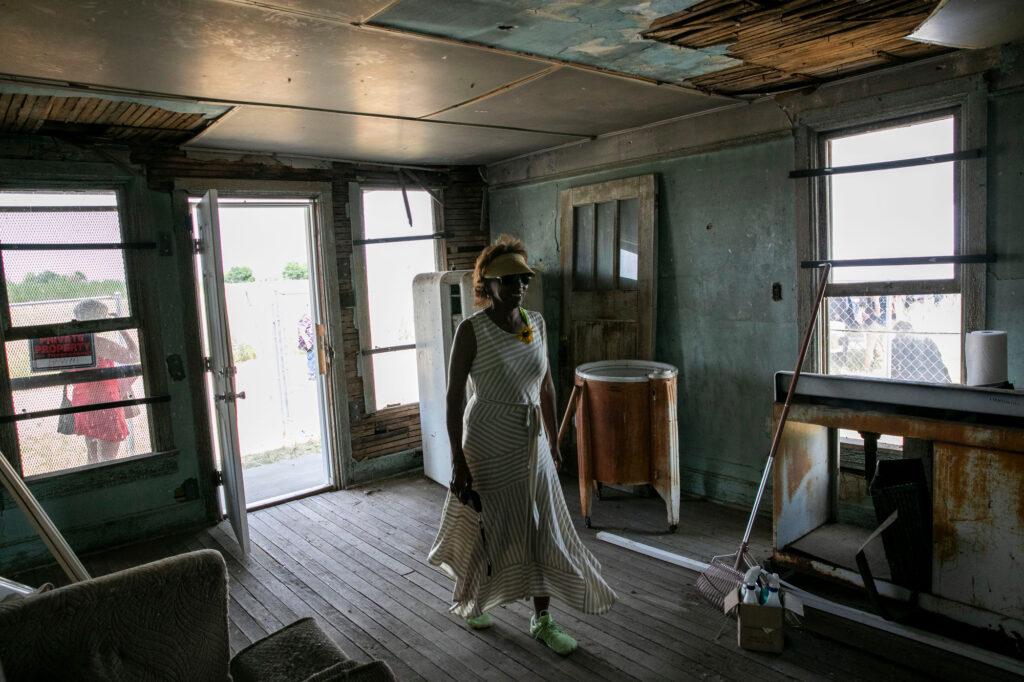
The new push to further preserve Dearfield is part of an ongoing effort nationwide to give greater care to landmarks linked to Black history. Colorado was among 17 states to receive funding from the National Trust for Historic Preservation’s African American Cultural Heritage Action Fund this year, with the money going to History Colorado and the Black American West Museum.
The grants range from $50,000 to $150,000 to help tell the full story of U.S. history and the Black experience. As part of the preservation plans in Colorado, Dearfield will be a location along a planned national Heritage Trails project.
Democratic state Sen. James Coleman came on the recent tour. He grew up in Denver but said he only knew little about Dearfield until recently.
He thinks the lessons here about growth and opportunity for the Black community still apply today, and he’d love to someday see busloads of school children visit on field trips.
“To be able to come and see a man who lived in the same community as they did and said, ‘I want to build a settlement for Black community to be able to have,’ and to see that it's not just around the country, but right here in Colorado … (and) we could do more of the same," Coleman said. "I would love to see that.”
